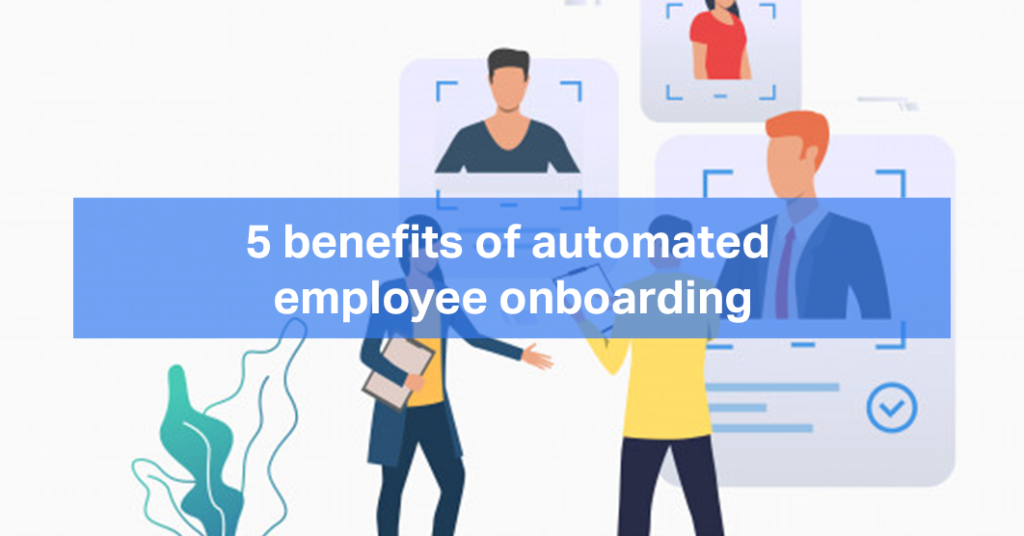How automated onboarding helps your newest employees get started on the right track
Did you know it typically takes between one and two years for a new hire to reach maximum productivity? In today’s fast-paced world, that’s far too long. At the same time, people tend to be more motivated and enthusiastic when they’re new to a company. That’s why the first few months is the most important of all. The actions you take during this time, whether it includes orientation, training, or research, will make an enormous difference.
Onboarding new employees has long been a tedious process involving a lot of people, time, and other resources. Often, there’s a host of small tasks to take care of, such as scheduling meetings, familiarising new hires with company policies, distributing forms and surveys, and manually keying in employee data. That’s why more and more companies are implementing automated onboarding processes.
Here are five ways automated onboarding help alleviate the challenges:
#1. Reduced operational cost
Onboarding new hires costs thousands of euros, which covers factors such as the number of hours managers need to spend training them, the tools and software provided, and the amount of paper, printing, and other office supplies involved. A lot of these costs are easily avoidable. Automating onboarding can save enormous amounts of administrative resources while also offering a more consistent process that directly benefits your newest team members.
#2. Faster delivery speed
It hardly gives new hires a great first impression when they have to fill in numerous different forms, many of which will probably end up sitting in a folder for days or even weeks. No one likes corporate bureaucracy, which is why the number of steps it takes to enroll new hires must be reduced to as few as possible. An automated solution lets you reduce the number of forms necessary and route them efficiently between departments, resulting in faster onboarding.
#3. Simpler employee management
Multiple data entry is a common characteristic of any inefficient business process. It takes time and increases the risk of error. With automated onboarding, you can manage all employee forms and data in one place. This gives employers and employees alike complete visibility into the status of each new onboarding programme. With a centralised data repository, HR teams can also gain insights into the onboarding progress of new hires and make informed decisions when selecting new prospects.
#4. Minimise redundant tasks
New employees often feel like they’re filling out the same information over and over until the repetition reaches a point where they end up being bored and demotivated before they even start. Similarly, training programmes are often fragmented and lacking relevance. Sometimes, new hires end up in training sessions being taught things they already know. By automating onboarding, you’ll be better placed to accommodate their unique needs and characteristics right from the outset.
#5. Eliminate human error
Every onboarding process starts out with some kind of application form which, still takes the form of several pages of paperwork in many organisations. Applications and other forms then end up being transferred to the necessary department, while important data gets keyed in manually. Sometimes, this needs to be done multiple times. The repetition and frequent back and forth often result in costly human errors that delay the whole process while leaving new hires in the lurch. Instead, they should be able to complete forms electronically, and the data uploaded directly to your employee management system.
